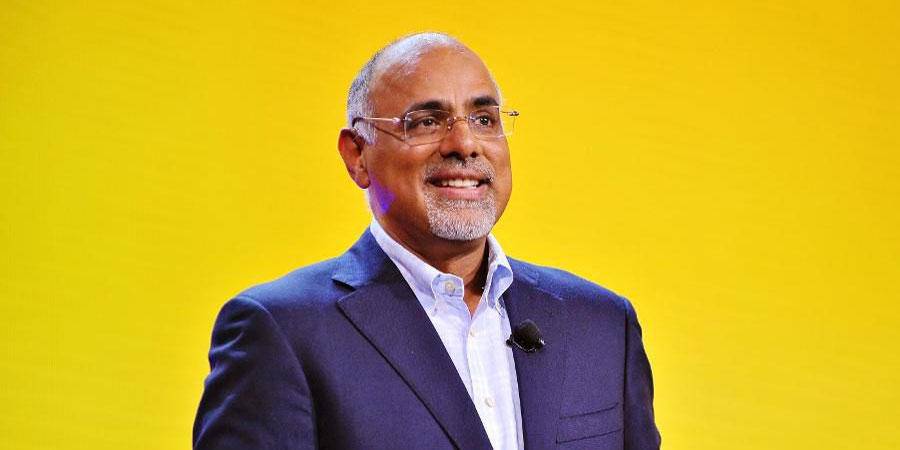Mastercard, the financial payments firm, concentrates on leveraging experiential marketing to engage consumers around their passion points, having concluded six years ago that traditional advertising just wasn’t as effective.
That is according to Raja Rajamannar, the company’s global chief marketing and communications officer, who outlined Mastercard’s thinking and focus on consumer experience during an interview with Campaign Asia.
“Six years ago, we decided that we’d twist and change our entire strategy and not rely on advertising as a primary way of connecting with consumers,” said Rajamannar, who is also the president of the World Federation of Advertisers.
“We provided exclusive experiences to consumers that are available only through Mastercard, and not available through other means,” he added, while predicting that the marketing and advertising mix will be completely different in ten years’ time, when he expects experiences to “predominant.”
“What I have done is move money from traditional advertising – a lot of it – into experiences,” he said. “To be very provocative to my team, I keep telling them advertising is dead. Advertising is all about storytelling – so I say storytelling is dead. The future is storymaking.”
To that end, Mastercard spends heavily on experiential marketing, while keeping a close eye on ROI. And for Rajamannar – although he did not directly reference the latest BrandZ global brand rankings – that investment has helped to elevate Mastercard to become the 12th top brand in the world.
Engaging consumers effectively, he said, involves creating experiences that tap into their “passion points”, or their inherent cares and concerns. “We’re not necessarily selling a product, we’re selling them an experience in which the product is an ingredient. That’s how it works,” he explained.
Mastercard is helped in this respect by the fact that the very nature of its transactional business crosses so many of these passion points – whether that is art, food, health or sports – but the company certainly takes a creative approach.
For example, the company tapped into the food travel trend with its Priceless Tables initiative that provides customers with an immersive, multi-sensory, digital experience of three iconic restaurants in Japan, Tanzania and the UK complete with “360 degree views” from their windows and relevant sonics.
And sonic experience is another area Mastercard has been active in developing. As Rajamannar explained earlier this year in a WARC exclusive, Mastercard has been working with agencies and musicians to compose a central melody that is simple, neutral, likeable and memorable, with this three-second “musical logo” played at the point of purchase.
“Music can evoke a lot of feelings,” said Rajamannar. “It can be tense, suspenseful and it can be romantic. We wanted this to lean towards positive emotions, either by itself or in combination with other elements.”
Sourced from Campaign Asia, Mastercard; additional content by WARC staff
–
This article first appeared in www.warc.com
Seeking to build and grow your brand using the force of consumer insight, strategic foresight, creative disruption and technology prowess? Talk to us at +9714 3867728 or mail: info@groupisd.com or visit www.groupisd.com

